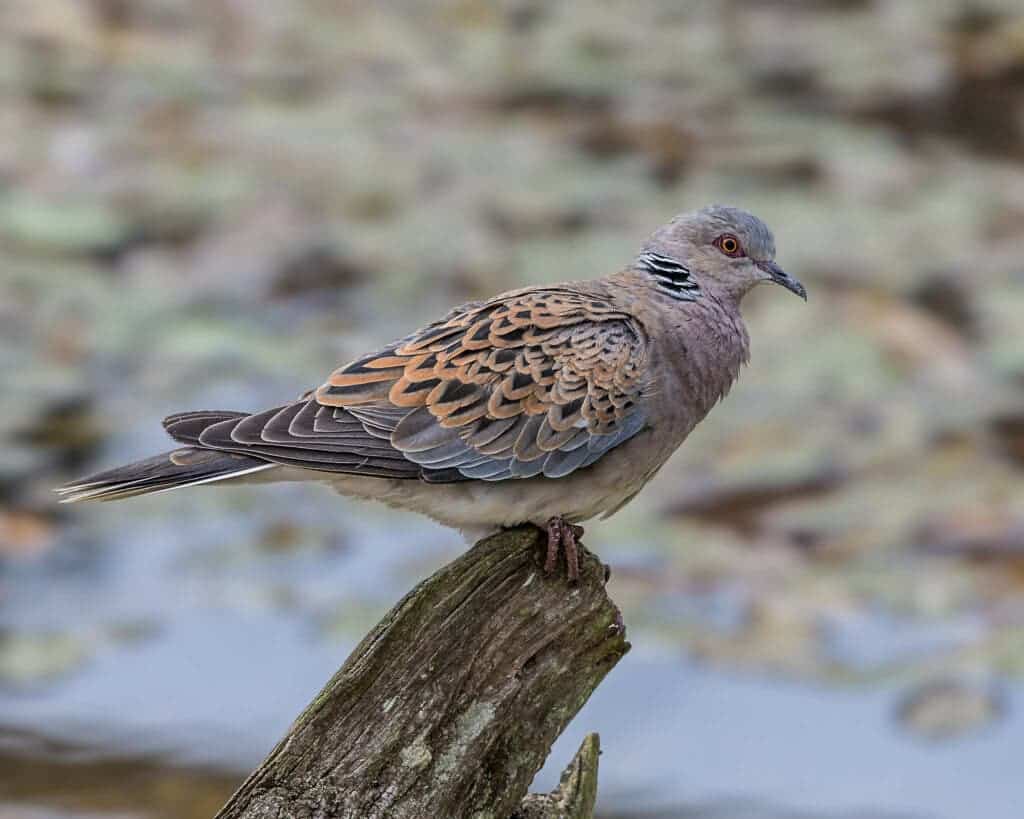Every year, millions of birds migrate from their breeding grounds to their wintering grounds and back. It’s an impressive effort that doesn’t come easy — or without risks. From exhaustion to pollution to predators, the threats faced by migratory birds are never in short supply. However, the biggest threat they face, according to a new study, is humans; and particularly, the way humans are changing the landscape.

As they migrate, birds frequently collide with obstacles in mid-flight, and most of these collisions cause fatal injuries. Even if the birds aren’t killed after impact, they get stunned, which makes them more vulnerable to predators. Some of the most common obstacles include electrical wires and poles, wind turbines, and tall glass buildings.
Researchers at the University of East Anglia (UEA) found that population declines in migratory birds have been greatest in birds that migrate to areas with more human infrastructure as well as higher population densities and hunting levels. Climate change and habitat degradation were also found to play a role in driving long-term declines.
“We know that migratory birds are in greater decline than non-migratory species, but it’s not clear why,” Dr James Gilroy, a researcher at UEA’s School of Environmental Sciences and study co-author, said in a statement. “We wanted to find out where in their life cycles these migratory species are most exposed to human impacts.”
Threats to migratory birds
Migratory birds breeding in Europe and North America, especially long-distance ones, are declining at a greater rate than non-migratory species, potentially as a result of their exposure to spatially disparate threats. Their reliance on resources found in geographically distinct areas makes them vulnerable to human-induced threats.
The researchers used large datasets to study a total of 103 species of migrating birds, including some that are declining fast, such as the Turtle Dove (Streptopelia turtur) and the Common Cuckoo (Cuculus canorus). They then calculated “threat scores” for factors such as habitat loss and explored the link between these and bird population trends.
Overall, the researchers identified a set of 16 human-induced threats to migratory birds. These include conversion of land from natural habitat to human use, climate change, and infrastructure linked to bird disturbance and collisions.
Thanks to advances in satellite imagery, the team mapped each of the sixteen threats across Europe, Africa, and Western Africa. The team focused on large-scale mapping of combined stressors, which offers a more holistic understanding of human impacts on biodiversity.
“We found that human modification of the landscape in the birds’ distribution ranges in Europe, Africa and Western Asia is associated with declining numbers of over 100 Afro-Eurasian migratory birds,” Claire Buchan, study author, said in a statement. “When we talk about modification of the landscape, we mean anything that isn’t naturally there.”
The researchers believe their findings bring valuable information to better understand where declining bird species are being most affected by humans across their seasonal migrations. Being able to tell exactly where birds are most exposed to these threats would help to better coordinate conservation actions and prevent further deaths, they added.
The study was published in the journal Global Ecology and Biogeography.









